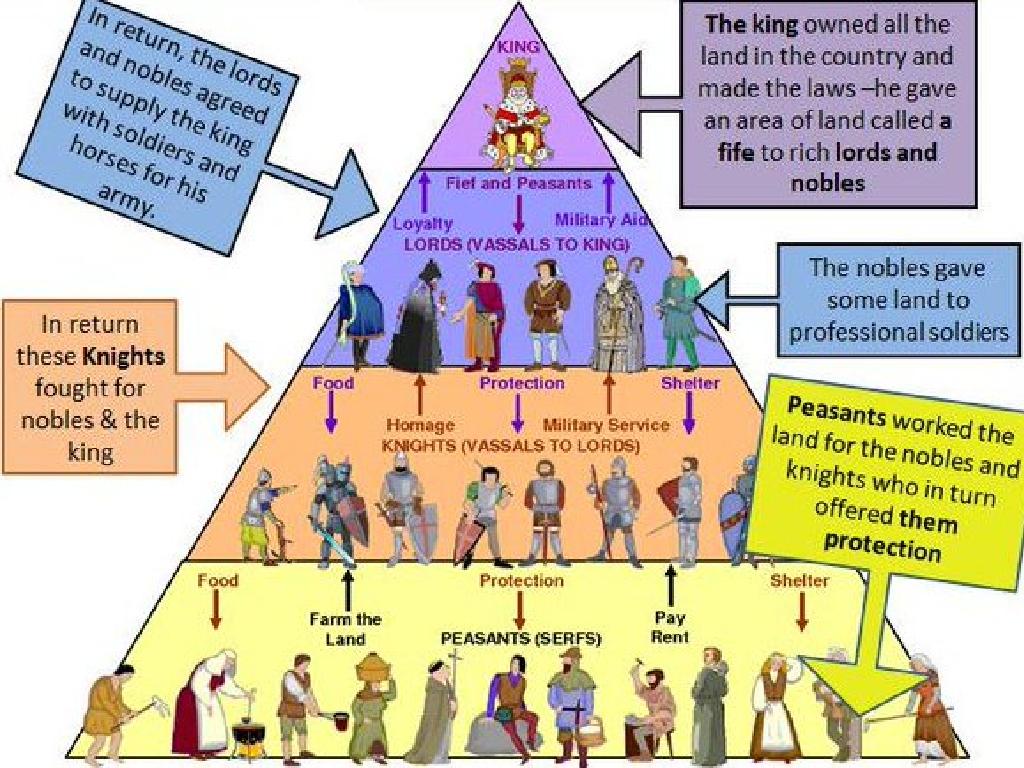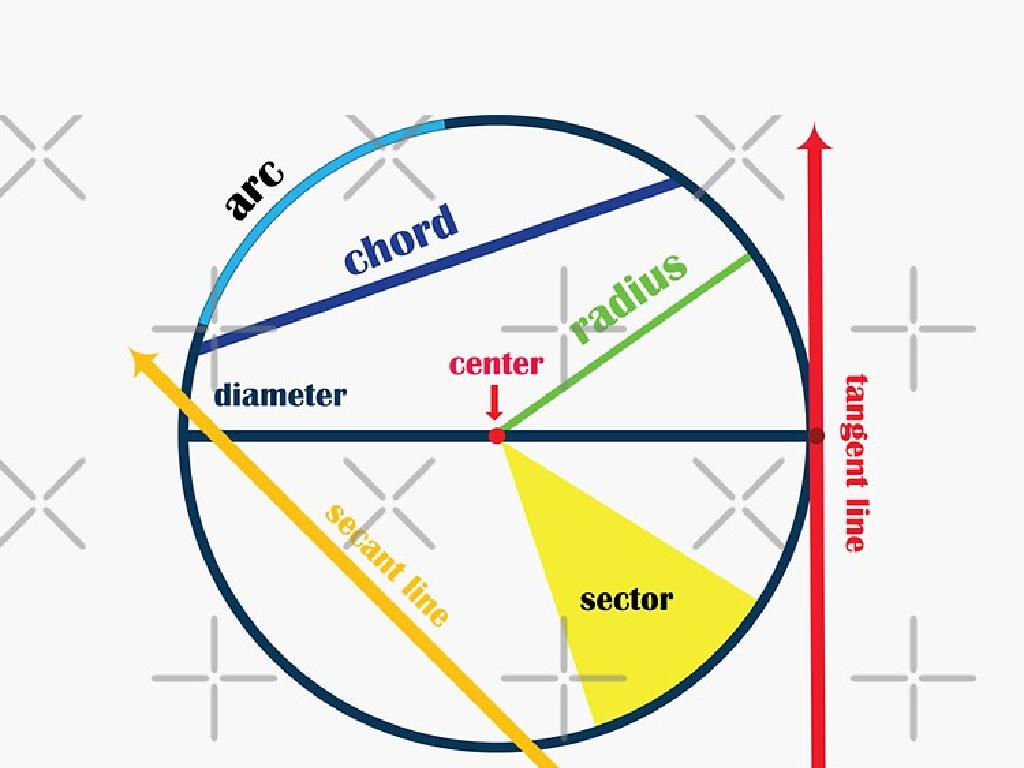The Qin Empire
Subject: Social studies
Grade: Sixth grade
Topic: Early China
Please LOG IN to download the presentation. Access is available to registered users only.
View More Content
The Mighty Qin Empire
– Early China’s dynastic history
– China was ruled by a series of dynasties.
– Introduction to the Qin Empire
– The Qin was the first to unify China under one rule.
– Timeline of the Qin Dynasty
– The Qin Dynasty lasted from 221 to 206 BCE.
– Qin’s impact on China
– The Qin standardized weights, measures, and even script.
|
This slide introduces students to the Qin Empire within the context of Early China’s history. Begin by discussing the concept of dynasties and how they shaped China’s history. Introduce the Qin Empire as a transformative dynasty that unified China for the first time. Highlight the timeline of the Qin Dynasty, emphasizing its relatively short duration but significant impact. Discuss the standardization policies implemented by the Qin, which had lasting effects on Chinese civilization. Encourage students to think about how a short rule could lead to such enduring changes.
The First Emperor: Qin Shi Huang
– Qin Shi Huang: China’s first emperor
– Founder of the Qin dynasty, reigned from 221-210 BCE
– Unified China to form Qin Empire
– Ended the Warring States period by conquering other states
– Centralized power and standardized systems
– Created a single political entity with a centralized bureaucracy
– Standardization: currency, weights, measures
– Introduced uniform legal codes, writing, and infrastructure
|
Qin Shi Huang was a pivotal figure in Chinese history, known for unifying China and becoming its first emperor. His reign marked the end of the Warring States period and the beginning of centralized governance in China. Under his rule, the empire saw significant changes, including the standardization of currency, weights, and measures, which facilitated trade and communication. He also centralized political power, which helped in the administration of the vast empire. His legacy includes the beginnings of the Great Wall and a unified Chinese identity. In class, discuss the impact of his policies on the development of China and how they have influenced the country’s history.
Terracotta Army: Guarding the Emperor in the Qin Empire
– Unveiling the Terracotta Army
– Discovered in 1974 near Emperor Qin Shi Huang’s tomb
– Significance of the Warriors
– Symbolize the Emperor’s power and afterlife protection
– Insights from the Terracotta Warriors
– They reveal the military strategies and craftsmanship of the time
– Reflecting on the Qin’s power
|
The Terracotta Army, discovered in 1974, is a collection of terracotta sculptures depicting the armies of Qin Shi Huang, the first Emperor of China. This slide explores the significance of the Terracotta Warriors, emphasizing their role in reflecting the Emperor’s power and the belief in afterlife protection. The warriors provide valuable insights into the military formations, weaponry, and the high level of artistry during the Qin Empire. Discuss with students how these figures, each with unique facial features and attire, offer a glimpse into the past, revealing the complex society and the Emperor’s ability to mobilize resources. Encourage students to consider what the existence of such an army suggests about the Qin Empire’s structure and the Emperor’s concerns about the afterlife.
The Great Wall of China: Qin Dynasty’s Fortress
– Purpose behind the Great Wall
– Built to protect against invasions and raids
– Effort in building the Wall
– Constructed by soldiers, peasants, and prisoners; a symbol of Qin’s power
– The Wall as a shield for the empire
– Served as a defense line and controlled trade and immigration
|
The Great Wall of China is one of the most iconic symbols of the country and a testament to the might of the Qin Empire. It was primarily built to prevent invasions from northern tribes. The construction was a massive undertaking, requiring millions of workers, many of whom were conscripted laborers and convicts. The Wall not only served as a military bulwark but also helped to regulate trade and manage the movement of people into and out of the empire. Discuss the scale of the project and its significance in Chinese history, emphasizing the human cost and the architectural achievement. Encourage students to reflect on how the Great Wall has become a symbol of Chinese national identity.
Legalism: The Philosophy of the Qin Empire
– Understanding Legalism
– Legalism emphasized strict laws and harsh punishments.
– Effects of Legalism on people
– It led to a strong, centralized state but also fear among the people.
– Legalism vs. Confucianism & Daoism
– Legalism focused on law, Confucianism on ethics, Daoism on harmony with nature.
– Significance in Qin rule
|
This slide introduces students to the concept of Legalism, a philosophy that played a crucial role in the governance of the Qin Empire. Legalism’s focus on law and order through strict rules and severe consequences helped Emperor Qin Shi Huang to unify China. However, this approach also resulted in a society where people were often afraid of the government. Comparing Legalism with other philosophies like Confucianism, which emphasized moral virtues, and Daoism, which advocated for living in harmony with nature, helps students understand the diverse philosophical landscape of Early China. Discuss the impact of these philosophies on the daily lives of people and the functioning of the state. Encourage students to think critically about the benefits and drawbacks of each philosophy.
The Fall of the Qin Empire
– Factors leading to downfall
– Harsh laws, heavy taxes, and forced labor caused unrest.
– Qin Empire’s lasting legacy
– Standardization of currency, weights, and measures; Terracotta Army.
– Transition to the Han Dynasty
– After Qin’s fall, the Han Dynasty emerged, bringing reforms.
|
This slide discusses the decline of the Qin Empire, which was precipitated by internal strife due to the empire’s oppressive policies. Students should understand that despite its short reign, the Qin Empire left a significant legacy, including the standardization of various systems and the creation of the Terracotta Army. The transition to the Han Dynasty marked a change in leadership and policies, leading to a period of cultural and scientific advancement. Encourage students to think about how the actions of the Qin rulers could have led to their downfall and how the Han Dynasty learned from these mistakes.
Class Activity: Create Your Own Dynasty
– Imagine being a dynasty ruler
– Invent a name for your dynasty
– Design a flag that represents it
– Develop a set of laws to govern
|
In this engaging class activity, students will apply their knowledge of the Qin Empire by creating their own dynasty. They will start by imagining themselves as rulers and inventing a unique name that reflects the characteristics or values they want their dynasty to embody. Next, they will design a flag, encouraging them to think about symbols and colors that represent their dynasty’s identity. Students will also create a set of laws, which will help them understand the importance of laws in governing a state and how they reflect the ruler’s priorities. For the presentation, students should explain the reasoning behind their choices, fostering public speaking skills. Possible variations of the activity could include creating a currency, a national anthem, or a capital city. This activity will help students better understand the elements that make up a civilization and the complexities of ruling an empire.






